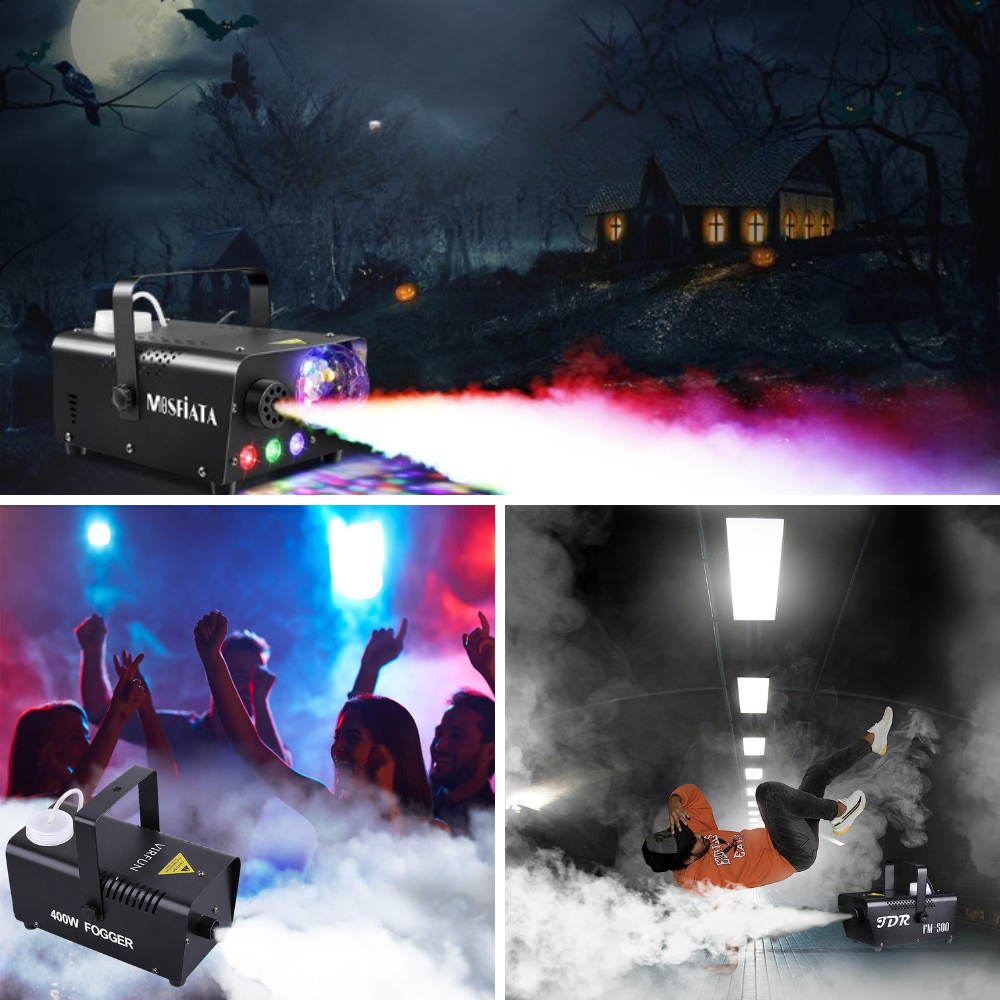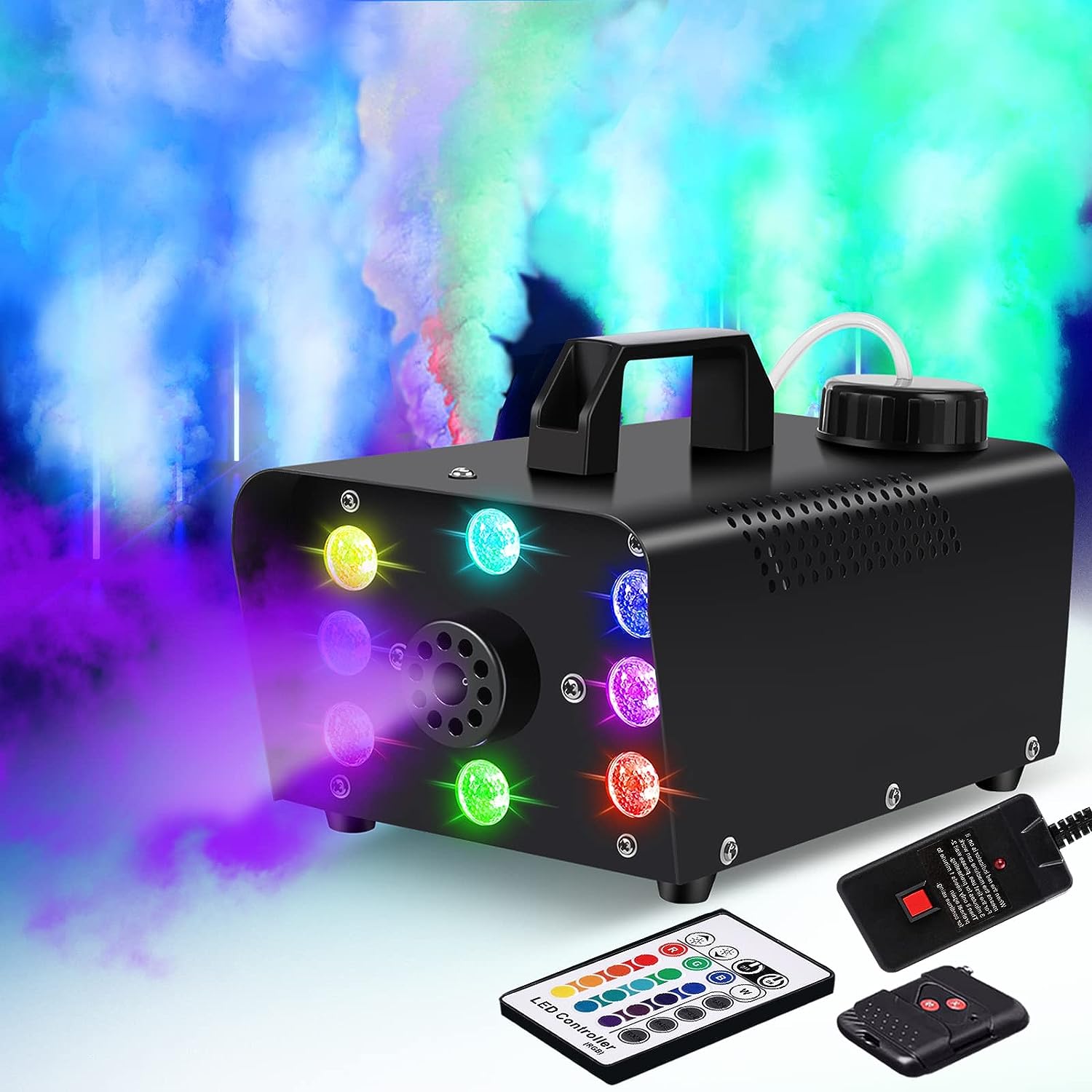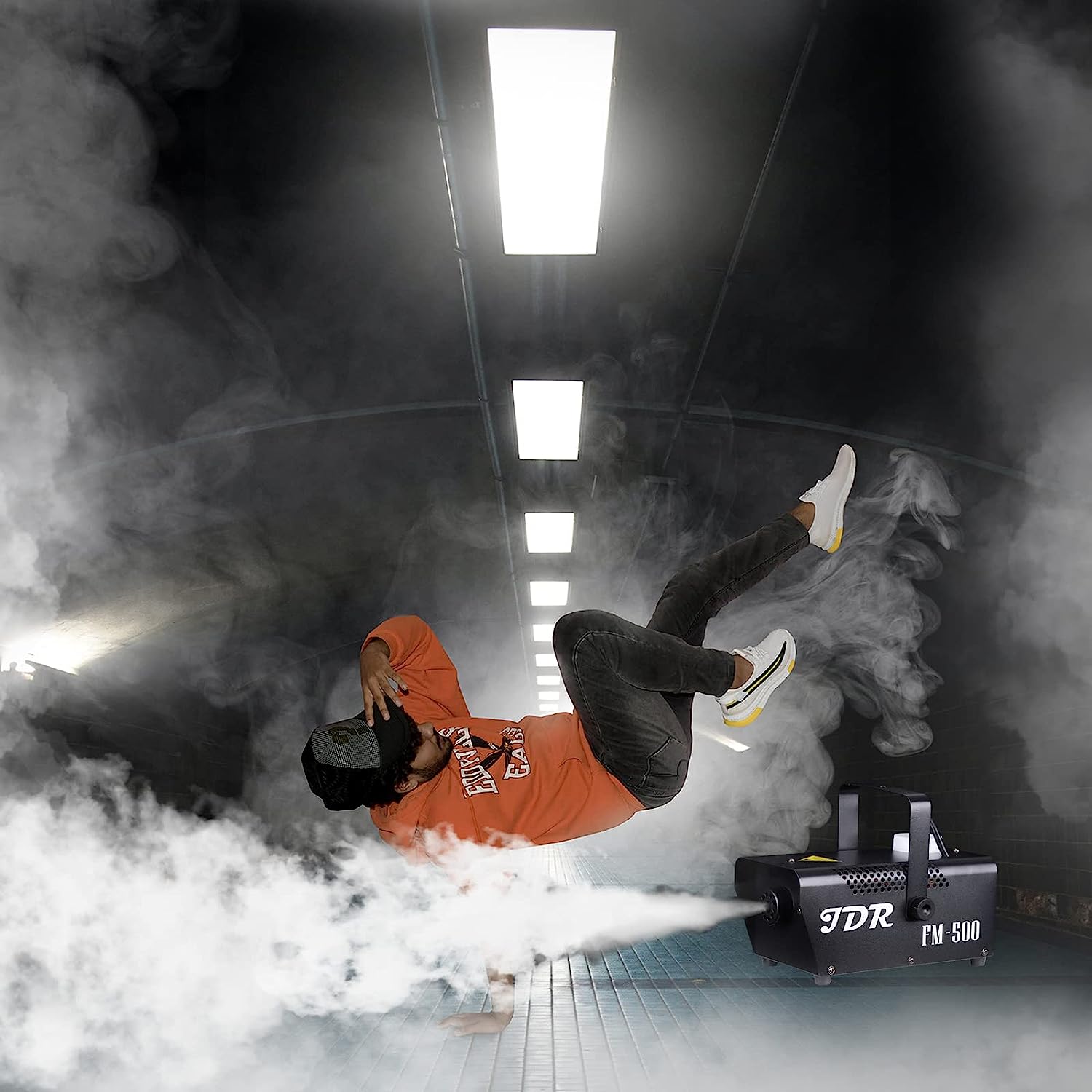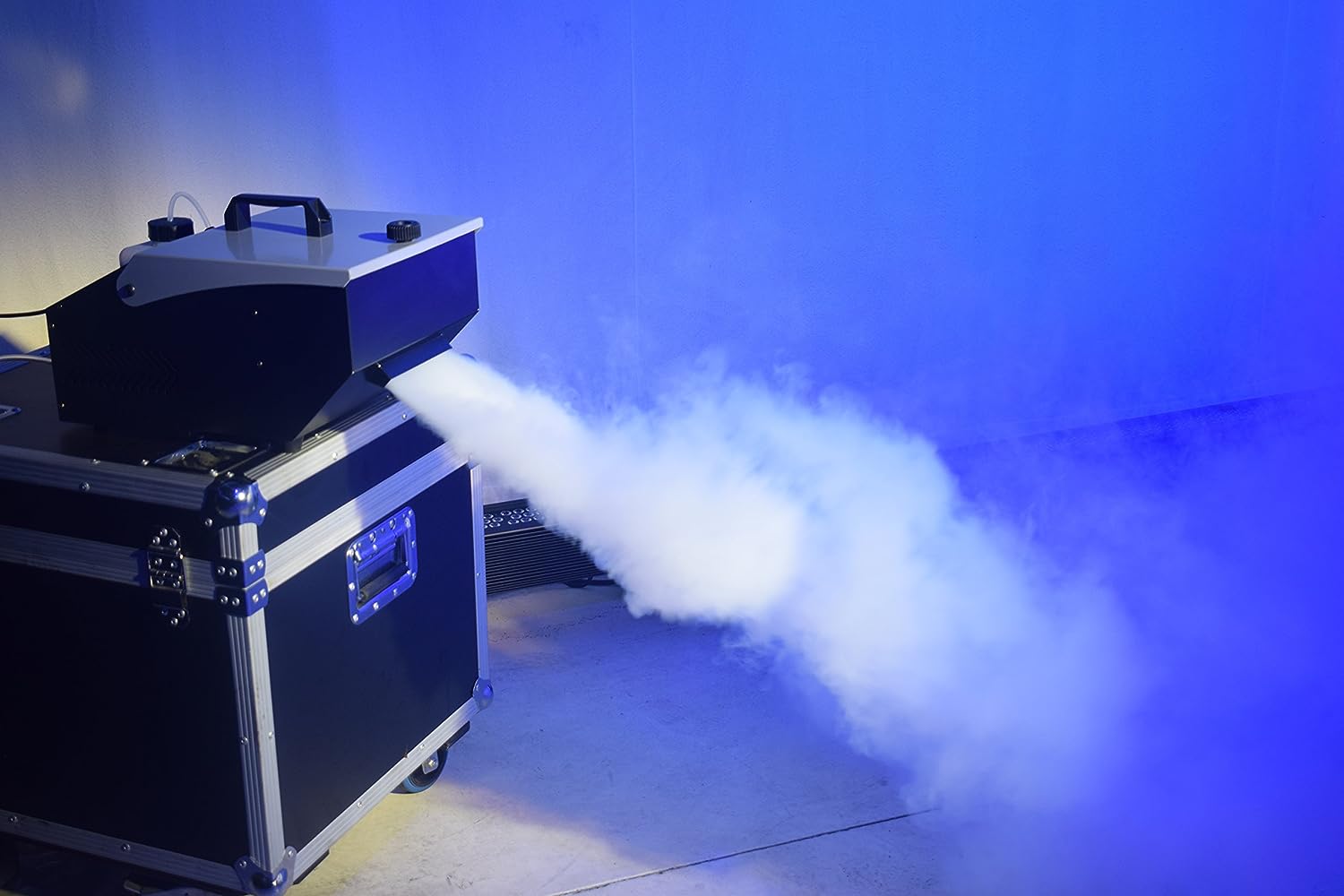Have you ever walked into a building and noticed a faint mist in the air? That's most likely the result of a fogger machine, also known as a fogging machine. These devices are commonly used for pest control, disinfection, and even special effects in movies and stage productions. In this blog post, we'll take a closer look at fogger machines, how they work, and their applications.
First things first, how does a fogger machine work? Fogger machines operate by turning liquid into a fine mist, which is then dispersed into the air. The liquid is usually a solution of water and a chemical, such as a pesticide or disinfectant. Some models use ultrasonic technology to create the mist, while others use a heating element to generate steam. The mist produced by these machines is typically very fine, allowing it to penetrate small crevices and cracks.
Fogger machines are most commonly used for pest control, particularly in outdoor settings. Mosquitos, flies, and other flying insects can be a nuisance during outdoor events, but they can also carry diseases. Fogger machines can be used to spray insecticides, which quickly and effectively control the population of flying insects in a given area.
Another common application for fogger machines is disinfection. Hospitals, schools, and other public spaces can be breeding grounds for harmful bacteria and viruses. Fogger machines can be used to spray disinfectant into the air, effectively killing off any pathogens present. This is especially important in the wake of the COVID-19 pandemic, as fogger machines can help reduce the spread of the virus in public spaces.
Fogger machines are also used for special effects in movies, TV shows, and stage productions. The mist produced by these machines can create a spooky or mysterious atmosphere, adding to the overall effect of the performance. Fogger machines are particularly useful for creating a sense of depth and distance on stage, as the mist can make objects appear further away than they really are.
When it comes to purchasing a fogger machine, there are several things to consider. The first is the intended use of the machine. If you're planning on using it for pest control, you'll want to choose a machine that's specifically designed for that purpose. Similarly, if you're planning on using it for special effects, you'll want to choose a machine that produces a dense, long-lasting mist. Other factors to consider include the capacity of the machine, the type of chemical it can handle, and its overall durability.

FAQs About Fogger Machine
What products can be used in a Fogmaster fogger?
Fogmaster foggers can be used with a variety of products, including water-based solutions, oil-based solutions, and disinfectants. Depending on the model, Fogmaster foggers can also be used with insecticides, herbicides, and deodorizers. Additionally, Fogmaster foggers can be used to atomize a variety of liquids, including water, oil, and alcohol-based solutions.
What other safety factors should I consider when using a fogger machine?
When using a fogger machine, it is important to make sure that the area is well-ventilated and that all people and pets are out of the area while the fogger is in use. It is also important to follow the manufacturer's instructions carefully and to wear the appropriate protective gear, such as a dust mask and safety goggles. Additionally, it is important to dispose of the fogger's contents properly after use, as they may contain hazardous chemicals. Finally, it is important to thoroughly clean the area after fogging to remove any residue from the fogger.
What protective equipment should I wear when operating a fogger machine?
When operating a fogger machine, it is important to wear the proper protective equipment to ensure your safety. This includes wearing a face shield, protective clothing, gloves, and a respirator. The face shield should cover your entire face, including your eyes, nose, and mouth. Protective clothing should be made of a material that is resistant to the chemicals used in the fogger machine. Gloves should be made of a material that is resistant to chemicals, and the respirator should be rated for the type of chemicals being used. Additionally, it is important to ensure that the area you are fogging is well-ventilated to avoid inhaling any of the chemicals.
What are the types of fogging machines?
There are several types of fogging machines available, including thermal foggers, cold foggers, ULV (ultra-low volume) foggers, and aerosol foggers. Thermal foggers use heat to create a fine mist of particles that can penetrate deep into cracks and crevices to provide thorough coverage. Cold foggers use a high-pressure pump to create a fine mist that can reach hard-to-reach areas, while ULV foggers use a low-pressure pump to create a larger droplet size that can cover large areas quickly. Aerosol foggers use pressurized cans to create a fine mist of particles that can reach tight spaces.
How hard is it to use a fogger?
Using a fogger is relatively easy, but it does require some preparation. First, you'll need to make sure the area is clear of any people, pets, and plants. Then, you'll need to make sure the fogger is properly set up and filled with the right type of fogger solution. Once that's done, you'll need to turn the fogger on and let it run for the recommended amount of time. Finally, you'll need to turn off the fogger and allow the fog to settle before re-entering the area. Following these steps will ensure that you get the best results from your fogger.
Fogger machines are versatile tools that can be used for a variety of applications, from pest control to special effects. By turning liquid into a fine mist, these machines are able to penetrate small crevices and cracks, making them particularly effective for disinfection. When choosing a fogger machine, it's important to consider the intended use of the machine, as well as its capacity and durability. With the right fogger machine, you can achieve impressive results in a variety of settings.












